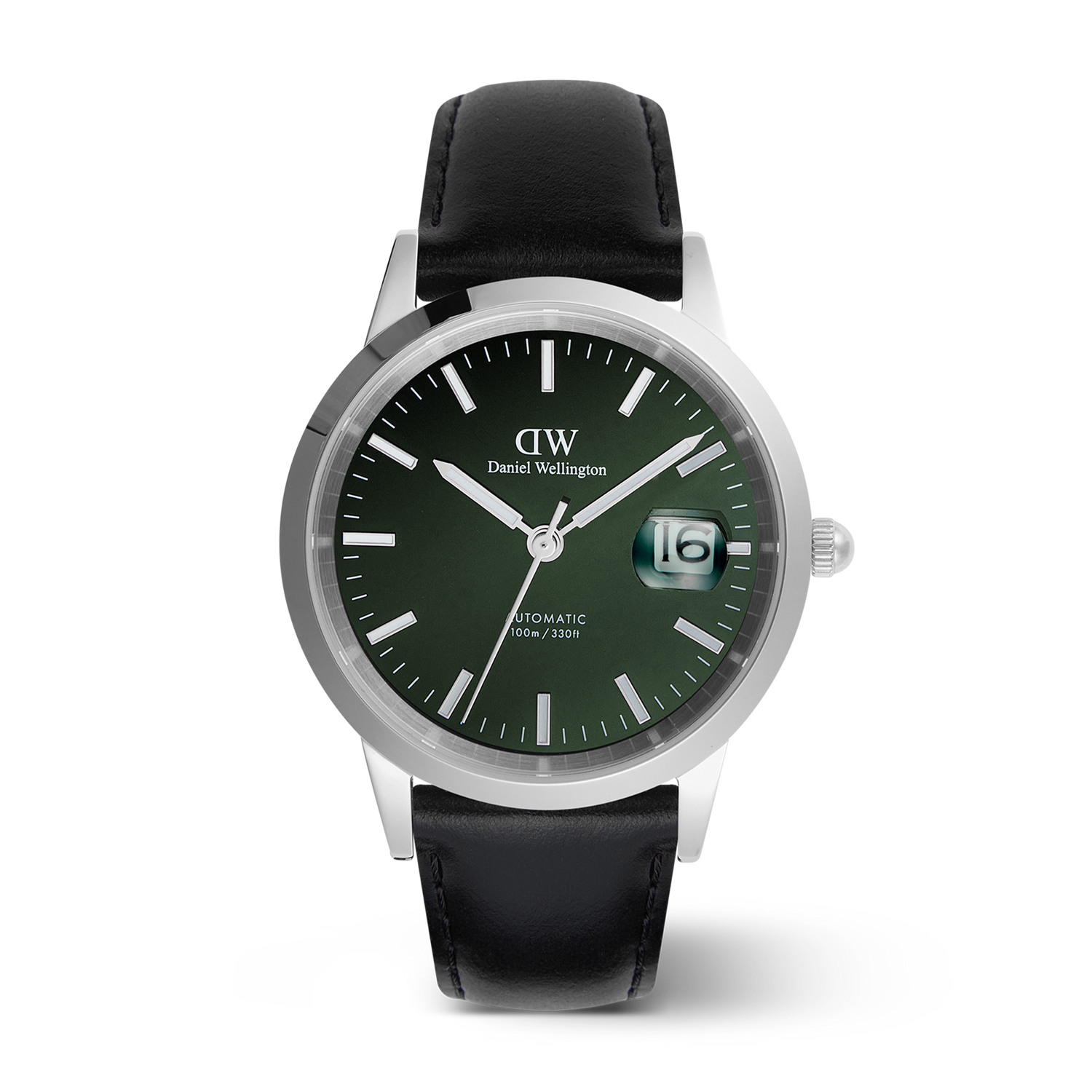An automatic watch winds itself through the movement of your wrist. Inside, a small rotor spins as you wear it, keeping the mainspring charged. This self-winding system means your watch stays active as long as you wear it regularly. To maintain it well, you only need a few consistent habits: regular wear or winding, occasional cleaning, safe storage, and scheduled servicing.
Regular Wearing and Winding

Wearing and winding your automatic watch keeps the mechanism engaged and the performance steady. Whether it’s part of your daily rotation or something you reach for a few times a week, these habits help keep everything in motion.
Importance of Consistent Wear
Wearing your watch regularly helps keep the movement active and the lubricants evenly distributed. This supports both accuracy and longevity.
Manual Winding When Not Wearing It
If your watch has been resting for a few days, a gentle manual wind gets it going again. Helpful if you like switching between different watches during the week.
Proper Winding Technique
Turn the crown slowly in a clockwise direction. Around 20–30 turns is usually enough. There’s no need to overwind: smooth and steady is the goal.
Setting Time and Date Correctly

Taking a moment to set the time and date correctly helps protect the inner workings of your watch. With a few mindful steps, you can avoid common mistakes and keep everything running as it should.
Avoiding Damage During Date Adjustment
Avoid changing the date when the hands are between 8 PM and 4 AM. This is the watch’s internal adjustment window, and setting the date here could disrupt the mechanism.
Safe Time-Setting Practices
Always move the hands forward. Turning them backward can place unnecessary tension on the movement. If you need to adjust the time, rotate the hands clockwise until you reach the right position.
Cleaning and Routine Care
Keeping your watch clean is one of the simplest ways to preserve its finish and function. Regular maintenance prevents buildup and keeps every detail feeling fresh, from the case to the clasp.
Regular Cleaning
Wipe the case and bracelet with a soft microfiber cloth to remove daily dust, fingerprints, and skin oils.
Deep Cleaning
For a more thorough clean, use a soft toothbrush with mild soapy water — only on metal parts. Make sure to dry everything carefully afterward.
Avoiding Chemical Exposure
Perfumes, lotions, and cleaning sprays can wear down surfaces. Apply them first and let them dry before putting on your watch.
Water Resistance Awareness
Even water-resistant watches deserve care. Rinse with fresh water after exposure to salt water and always dry it completely. Avoid pressing the crown or buttons while the watch is wet.
Protecting Against Magnetism and Shocks

Modern life comes with subtle risks to your watch’s precision. From tech devices to accidental drops, being aware of these factors helps protect the movement and keep your watch performing as expected.
Avoid Magnetic Fields
Strong magnets, speakers, and even some tech devices can affect your watch’s accuracy. Try to store and wear your watch away from these items.
Shock Precautions
Avoid dropping or hitting your watch against hard surfaces. While built to be robust, the movement inside is still a precise mechanism that benefits from gentle handling.
Proper Storage Practices
Where you keep your watch between wears makes a difference. Clean, dry storage protects it from dust, moisture, and knocks — helping preserve both the movement and the materials over time.
Ideal Storage Conditions
Keep your watch in a dry, temperature-controlled space. A soft watch box or dedicated pouch will protect it from dust and scratches.
Using Watch Winders
If you don’t wear your automatic watch every day, a watch winder can keep it running. It simulates wrist movement and helps preserve the lubricants inside the movement.
Regular Professional Servicing
Even with great care, automatic watches need routine servicing. A full service every 3–5 years helps keep everything running smoothly and accurately over time.
Strap and Bracelet Maintenance
Leather straps benefit from occasional conditioning and rest from moisture. Metal bracelets can be cleaned like the case — with a soft brush and warm water. Always dry thoroughly before wearing.
When to Reach Out to a Professional
If your watch isn’t keeping time as expected, stops suddenly, or feels off in any way, it’s a good idea to have a technician take a look. A professional can catch small issues early and help keep everything in proper working order.
Conclusion
![]()
Looking after an automatic watch is part of the pleasure of owning one. It’s a straightforward habit that pays off — keeping your watch dependable, precise, and ready for whatever’s next.












